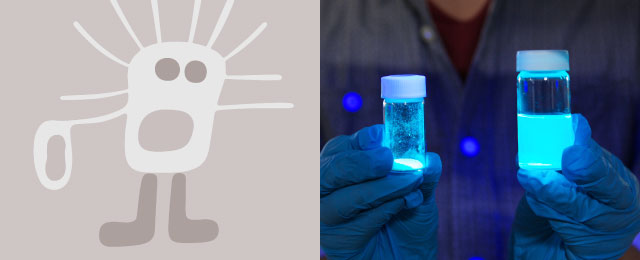







Home > Research > Research Overview > 2023 > Faculty of Aguriculture 2
Associate Professor, Faculty of Agriculture
NABESHIMA Tomoyuki
Many of the crops we eat in our everyday lives are the result of human efforts to improve them over a long period of time. However, in the process of acquiring plants with traits favorable to humans, such as good taste, yield, and ease of cultivation, useful traits are sometimes lost.
Recent studies have indicated that wild varieties of tomatoes have better heat tolerance and disease resistance than cultivated varieties, and there are attempts to reintroduce these useful traits into cultivated varieties. Our laboratory is focusing on the trait of tolerance of a prolonged photoperiod. Plants obtain the energy they need to grow through photosynthesis. A longer photoperiod would seemingly result in better growth, but in reality this is often not the case. There are various reasons for this, though it is particularly noticeable in cultivated varieties of tomatoes, where it is referred to as a full-length photoperiod disturbance. In fact, this disturbance does not occur in many wild varieties of tomatoes, and tolerance of a full-length photoperiod is presumably a trait that has been unintentionally lost during the process of cultivation.
Nowadays, we expect efficient production of tomatoes in plant factories if the plants are tolerant to a prolonged photoperiod, but people in the past did not consider that to be an important trait when they bred cultivated varieties of tomatoes. We are currently selecting wild species that should acquire new genes conferring tolerance to a prolonged photoperiod, and we are trying to “restore” this trait to cultivated varieties. We also intend to examine other useful traits such as disease resistance.

▲Photoperiod test with artificial light
▲A cultivated variety of tomato grown with a full-length photoperiod (left) and a wild tomato tolerant to a full-length photoperiod (right)
Related Links